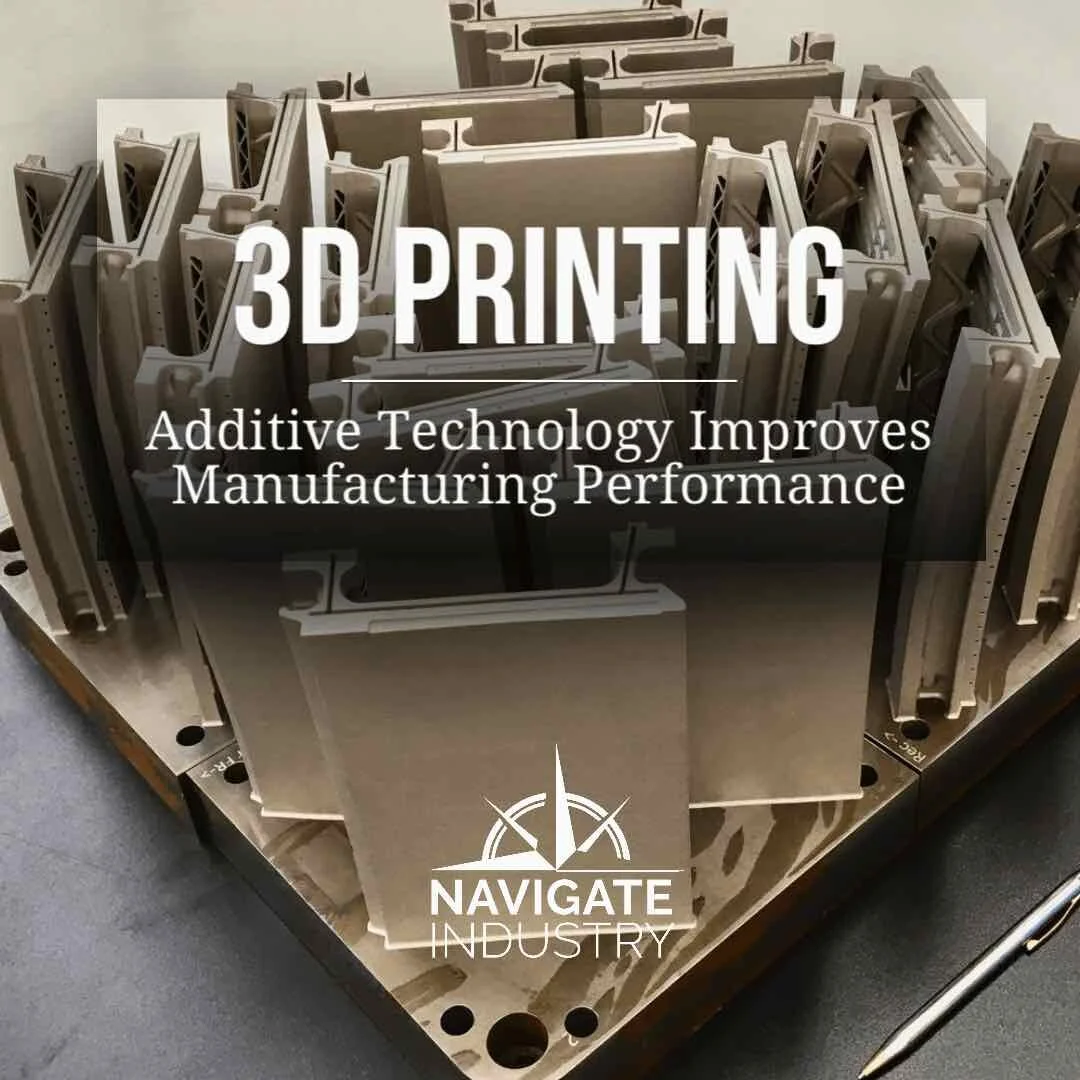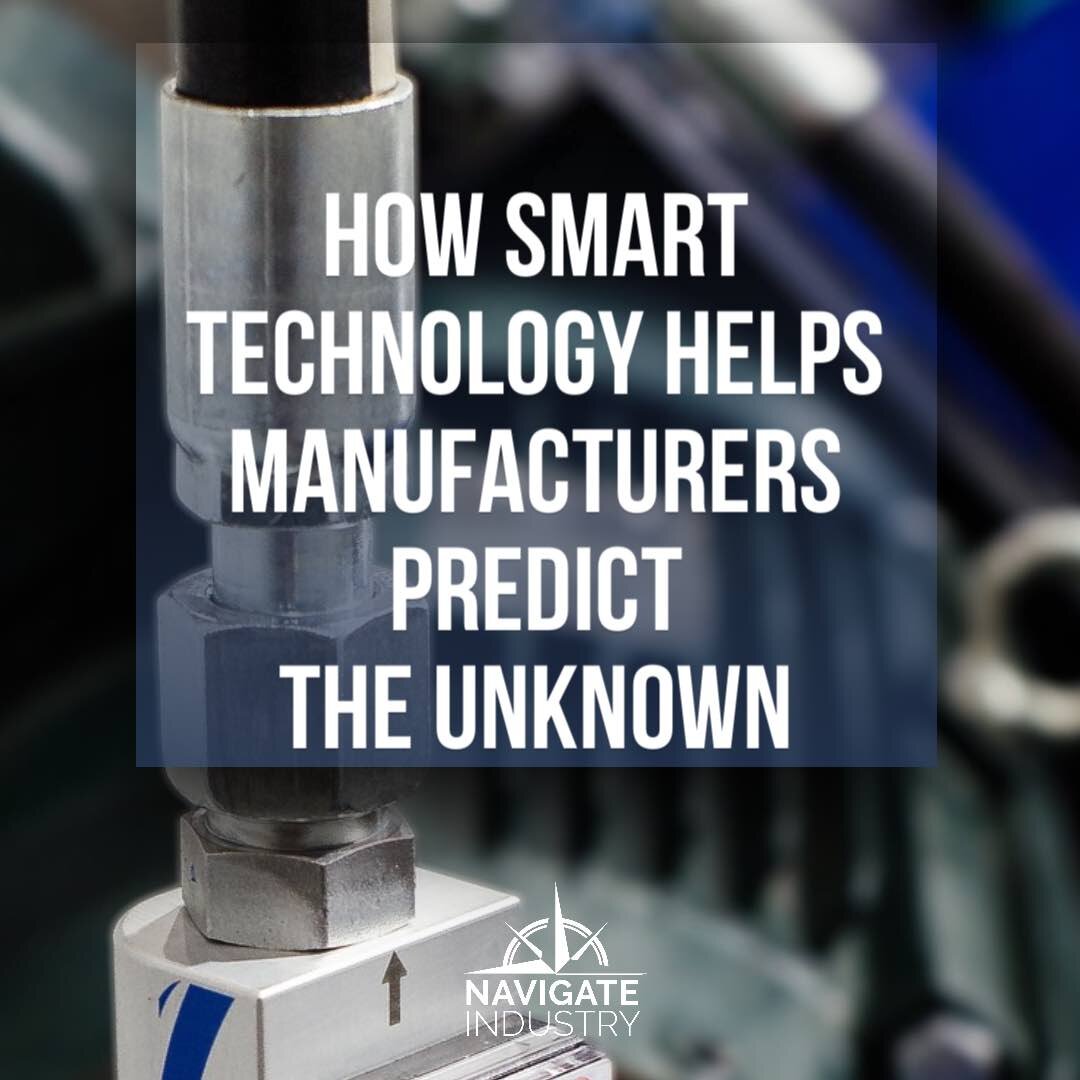Innovation, IIoT & Industry 4.0 Build the Factory of the Future
/Using 3D laser scanning and rapid prototyping, Festo created its Scharnhausen Technology Plant with Industry 4.0 and complete communication at its core, showing how innovation, the Industrial Internet of things (IIoT), and sophisticated factory automation and facility design can help build the factory of the future.
Read More















